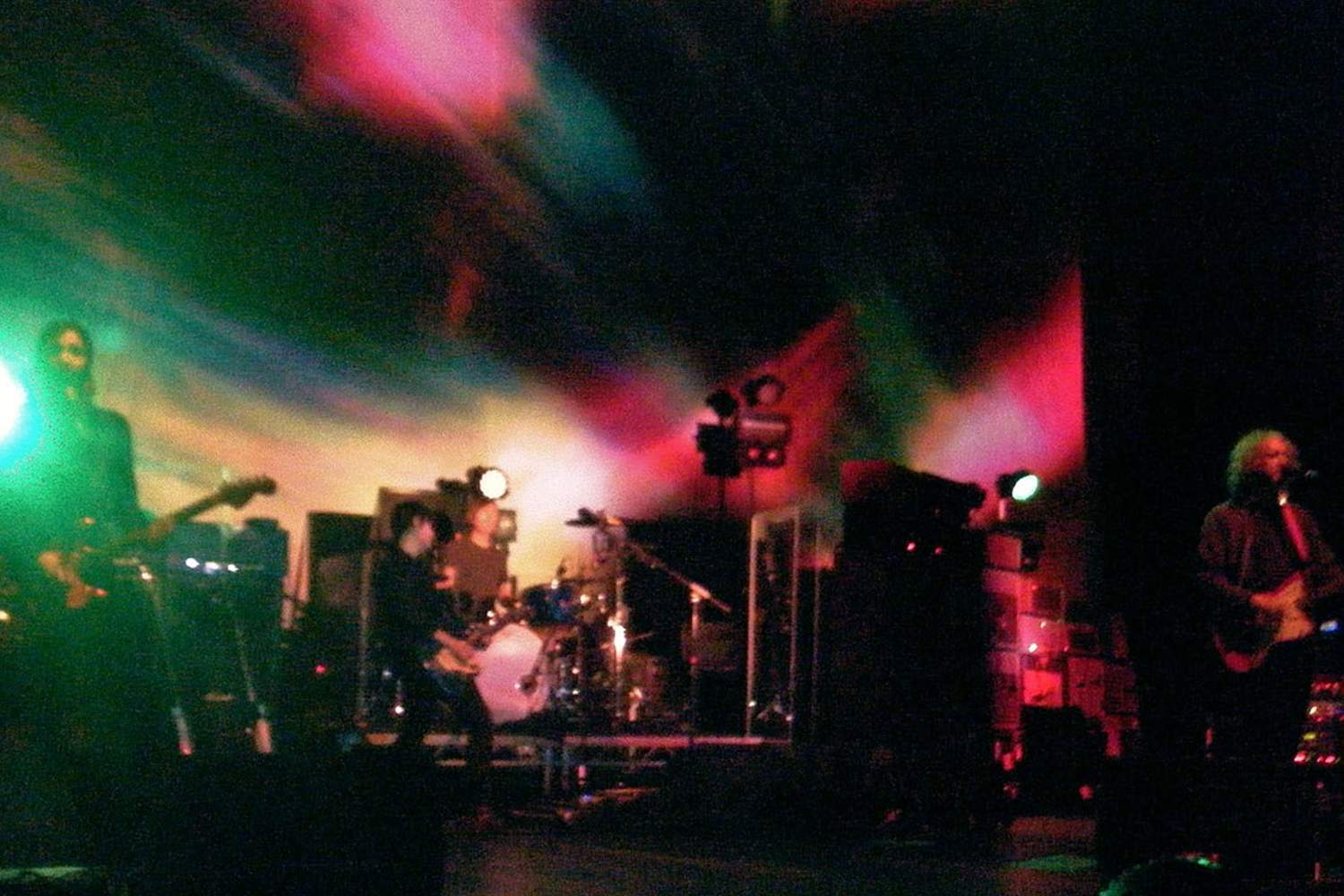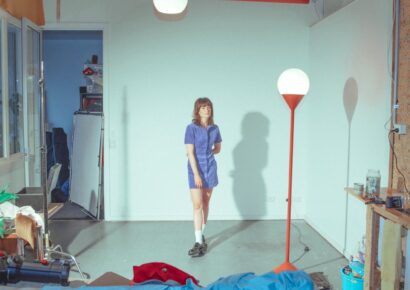Shoegaze is both a sonic onslaught and a blissful blooming of emotive textures and etherial quality.
Arguably one of the more polarising genre’s of music to come out of the 1980’s / early 1990’s, shoegaze is both a sonic onslaught and a blissful blooming of emotive textures and etherial quality. I say polarising because I’ve not come across another genre of music with such as dedicated cult following as shoegaze – that seemingly attracts a particular type of, passionate, dedicated and borderline obsessive type fan.
Read up on all the latest features and columns here.
On the other side of the table, countless people just haven’t heard of or know of the genre, at all, with the mere mention of the genre often accompanied by an identifiable confused and blank stare. But the one thing worse than that is a music fan or self proclaimed fanatic (we all know one) that thinks they know shoegaze. Rhetoric along the lines of “yeah I know shoegaze, just really loud fuzzy guitars, quiet vocals and heaps of reverb. All sounds the same”.
Shoegaze
Righto pal, do me a favour and go listen to Ride’s Going Blank Again and tell me you can’t hear the vocals all over that record! And there’s that passionate fandom I referred to, my bad.
Originating from the UK and Ireland in the mid-late 1980’s from the trails of neo psychedelia, post-punk, goth, ambient and no-wave, the sub genre of indie and alt rock was born with a rather wide lens of sonic influence. No better example of this can be heard from early pioneers Cocteau Twins and The Jesus and Mary Chain – whose respective parameters spanned from etherial, angelic vocals too abrasive chainsaw like fizzy guitars. Go listen to The Pink Opaque and Psychocandy – both shoegaze.
Enjoying easily one of the shortest lived times in the mainstream music landscape at the time where MTV reigned supreme – only a handful of bands enjoyed a respective sliver of this spotlit pie, and thanks to Andy McGee – owner and founder of Creation Records, these bands had a collective home too – a sanctuary in which to safely explore and experiment in – painstakingly crafting their respective signature sonic footprints.
My Bloody Valentine
With the emergence of bands such as My Bloody Valentine, originally hailing from Ireland, Oxford’s Ride, Reading’s Slowdive and Chapterhouse, and London’s Lush (many of which made up the Thamas Valley scene), shoegaze attracted the feverous attention of the UK press, who helped label this new underground as “the scene that celebrates itself”. Journalists also coined the term shoegazing, initially intended to ridicule a band member’s stage presence, or in the eyes of the press, a lack of. In reality, these masterful sonic landscapers were gazing at their pedalboards, often in a glorious foot tapping frenzy turning pedals on and off, the magical dance behind the walls of distortion, fuzz and feedback awash with modulation, delay and reverb. This sonic mayhem quickly entranced audiences and this niche scene from the UK became notable around the world – inspiring bands across the Atlantic, in the US and further afield.
Interestingly though, many shoegaze pioneers found inspiration from their US contemporaries from guitar bands such as Sonic Youth and Dinosaur Jr, with My Bloody Valentine songwriter and guitarist Kevin Shields often sighting Sonic Youth as a big inspiration. The inspiration from the New York based guitar band was arguably the linchpin to stirring Shield’s songwriting in a new direction, and transitioning into using exclusively Fender Jaguar and Jazzmaster guitars, leaning heavily on the use of the tremolo arm – which in turn brought about Kevin’s signature guitar gliding – something that became synonymous with the band’s iconic guitar sound.
By the early/mid 90’s shoegaze had reached its peak in mainstream popularity, but was quickly overshadowed by the powerful influence of grunge and Britpop, which swiftly dominated the airwaves. As the genre enjoyed a short but glorious spell in the limelight with successive releases of seminal albums Loveless (1991), Going Blank Again (1992) and Souvlaki (1993) from My Bloody Valentine, Ride and Slowdive respectively, shoegaze returned to it’s underground roots and seemingly went dormant.
However, its influence continued to permeate countless younger up and coming bands and by the early to mid 2010’s, shoegaze enjoyed a resurgence in popularity, with a swath of nugaze bands carving out a space for themselves in the midst of the new era of internet streaming platforms dominating the way in which music was being consumed. This in turn allowed for an entirely new and much younger audience to rediscover the trailblazing bands from the genre’s golden era, which inevitably lead to the release of new music – most notably the 2017 self titled release from Slowdive.
slowdive
The legacy of shoegaze is one of boldness, never shying away from sonic exploration and experimentation. Bands continually pushed boundaries, constantly striving for new exciting ways to lure more and more sound out of their equipment, creating some of the most dense musical compositions in contemporary music history. A marriage of dense instrumental layering with a healthy dose of pop sensibility allowed the genre to cut through the noise of other underground genres of the time and poke its head into the mainstream, be it for even the briefest of moments.
From a musical and production standpoint, these iconic records have been laden with misconceptions of how these enormous sounds were (and still are achieved), both in a studio and in a live context – with usual assumption of a guitarist requiring dozens of pedals to get even close to creating a that wall of sound. On the contrary – often a “less is more” approach has proved to wield more interesting and satisfying results and not have things become bogged down and awash with too many effects. Even just a couple of distortion pedals “stacked” or running in series with each other on a pedalboard will bring out some thick and lush sounding guitar tones, enough to satisfy even the most discerning of shoegaze fanatics. Add a dash of reverb (something in reverse is always a treat), a sprinkling of delay and a pinch of modulation and your days of shoegazing will well and truely be underway.
Keep up to date with all things My Bloody Valentine here.

